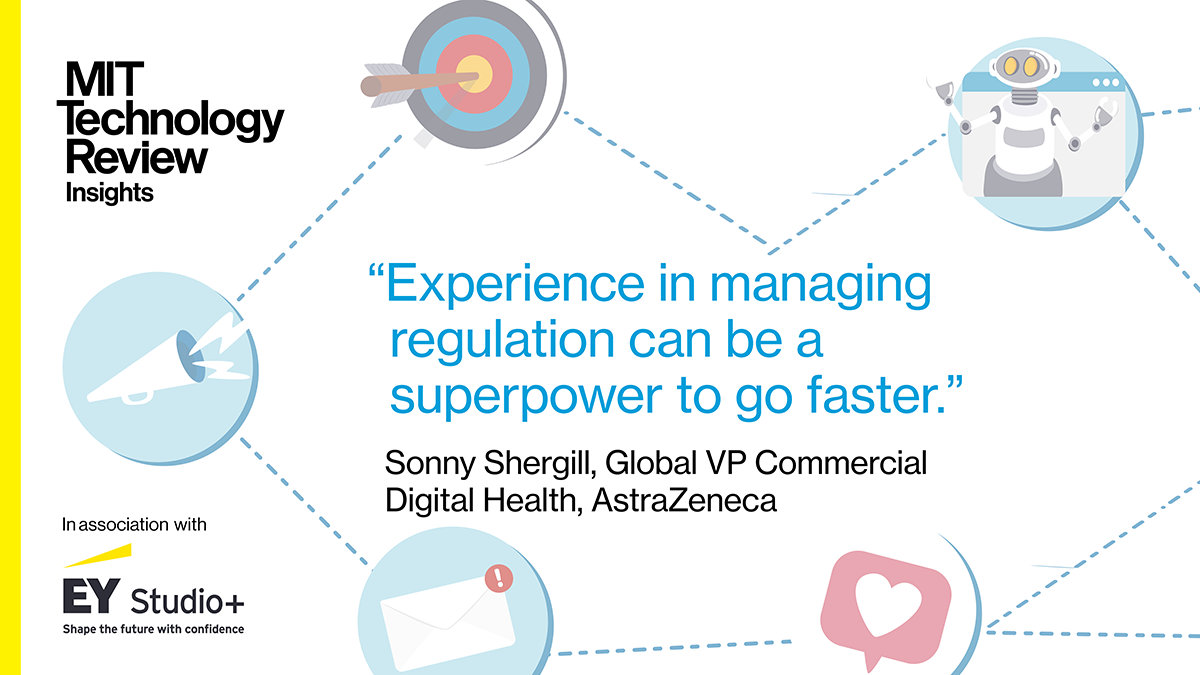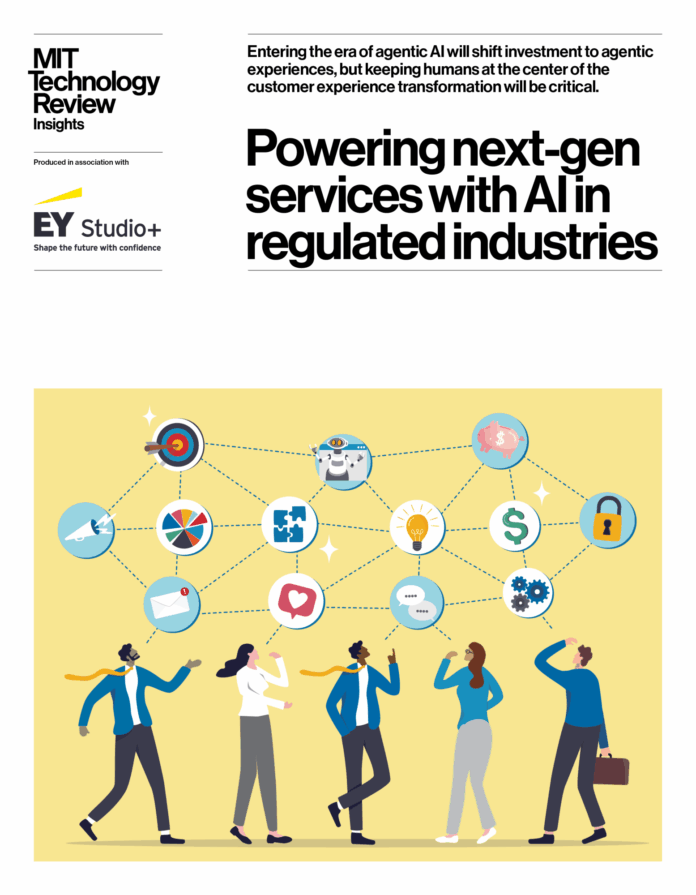In association withEY Studio+
Businesses in highly-regulated industries like financial services, insurance, pharmaceuticals, and health care are increasingly turning to AI-powered tools to streamline complex and sensitive tasks. Conversational AI-driven interfaces are helping hospitals to track the location and delivery of a patient’s time-sensitive cancer drugs. Generative AI chatbots are helping insurance customers answer questions and solve problems. And agentic AI systems are emerging to support financial services customers in making complex financial planning and budgeting decisions.
“Over the last 15 years of digital transformation, the orientation in many regulated sectors has been to look at digital technologies as a place to provide more cost-effective and meaningful customer experience and divert customers from higher-cost, more complex channels of service,” says Peter Neufeld, who leads the EY Studio+ digital and customer experience capability at EY for financial services companies in the UK, Europe, the Middle East, and Africa.
For many, the “last mile” of the end-to-end customer journey can present a challenge. Services at this stage often involve much more complex interactions than the usual app or self-service portal can handle. This could be dealing with a challenging health diagnosis, addressing late mortgage payments, applying for government benefits, or understanding the lifestyle you can afford in retirement. “When we get into these more complex service needs, there’s a real bias toward human interaction,” says Neufeld. “We want to speak to someone, we want to understand whether we’re making a good decision, or we might want alternative views and perspectives.”

But these high-cost, high-touch interactions can be less than satisfying for customers when handled through a call center if, for example, technical systems are outdated or data sources are disconnected. Those kinds of problems ultimately lead to the possibility of complaints and lost business. Good customer experience is critical for the bottom line. Customers are 3.8 times more likely to make return purchases after a successful experience than after an unsuccessful one, according to Qualtrics. Intuitive AI-driven systems— supported by robust data infrastructure that can efficiently access and share information in real time— can boost the customer experience, even in complex or sensitive situations.
This content was produced by Insights, the custom content arm of MIT Technology Review. It was not written by MIT Technology Review’s editorial staff.
This content was researched, designed, and written entirely by human writers, editors, analysts, and illustrators. This includes the writing of surveys and collection of data for surveys. AI tools that may have been used were limited to secondary production processes that passed thorough human review.


